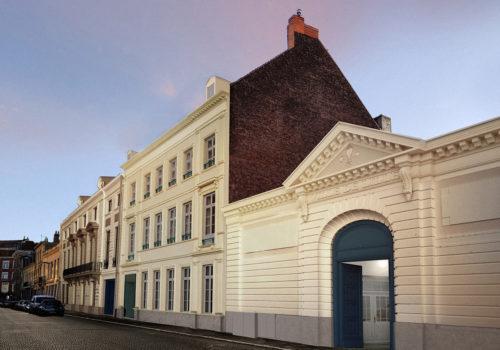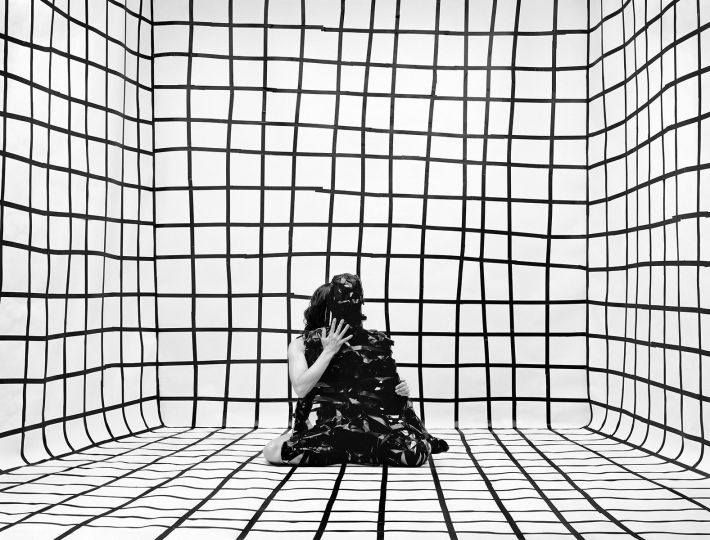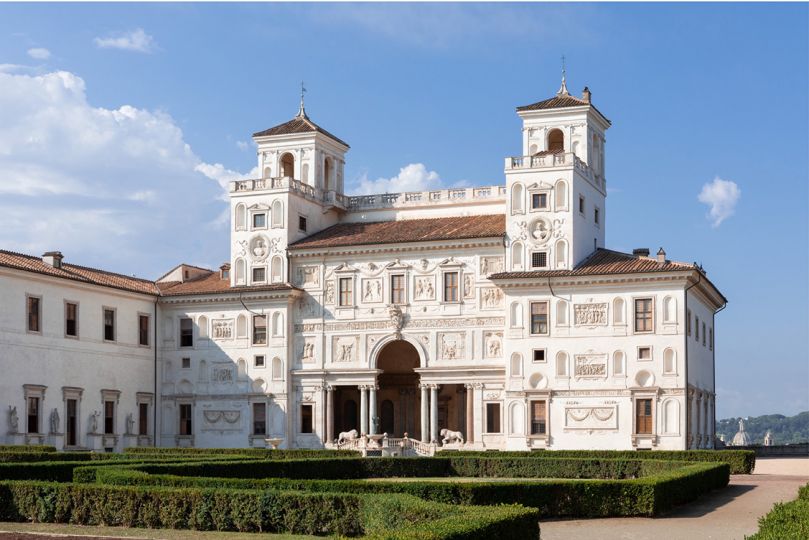Since 2018, Marin Karmitz has chaired the Institute for Photography in Lille. While a new program takes place this fall before a major phase of work for an opening in 2026, he tells us about the Institute’s project and the importance of preserving the photographers’ archives in the best possible way.
What is the genesis of the project?
It’s part of a thought I had about photography. For many years, I have been on the board of directors of the Rencontres de la Photographie in Arles. Thanks to Arles and not only, we are in a leadership position in France in the field of photography. This is perhaps the only leadership we have left… It is no longer painting, it is no longer sculpture, it is no longer music, etc. Arles is the equivalent of the Cannes Festival for photography. We bring together people from all over the world who come, who see each other, who discuss… Arles has the advantage of covering Spain, Italy and the Mediterranean basin, not to mention the southern region itself which is very rich in cultural events and with people who love these events, who visit them… When Sam Stourdzé suggested that I think about this Institute for Photography in Lille, which was born in his imagination and that of Xavier Bertrand, the president of the Hauts region -de-France, I said to myself, if I look closely, I see that there is Arles, there is Paris – Paris is also what helps France to be the world capital of photography through Paris Photo, but also the institutions and galleries located there… – we are therefore going to go to the Northern region with this fantastic project! Because here it is also near Belgium, Germany, England, Holland…
What are the main missions of the Institute?
Do what is missing: preserve memory and spreading it by making it come alive. It means protecting the archives and protecting the fact that a certain number of important creators – we have great photographers in France – sell their archives or that they go abroad. It is the idea of offering them a service different from what already exists in terms of archiving. That is to say a service that meets their needs. Each family, each photographer, each heir has different needs so we need to find a very flexible structure that is adapted to everyone. That’s already something new. So we are working seriously on the archives. So that we can show them, we can edit and we can teach. So the first point: is archiving, work on digitization, etc. saving the negatives… Second: bringing them to life through exhibitions. And thirdly, where we have a lot of work to do, have teachers deciphering images. That is to say, teachers will learn to read and in turn teach children to read images. They must learn to read images in order to then teach children to read images to distinguish the true from the false, understand where an image fit in, what it means, etc.
You are passionate about photography. You have a very beautiful collection which is currently presented at the Center Pompidou in Paris. What do you like about photography?
Its silence. I am a trained filmmaker, I am a director, I have made three feature films, but the difference with cinema: is the unique image. In cinema it’s 24 frames per second and it’s also speech. What fascinates me about photography is silence and how in one silent image we can say as much as X number of pages of a novel, ten minutes of film, a sonata, etc. The striking force of a photograph in relation to the imagination and the capacity that the viewer has to imagine his own images is fascinating. Emotion is often obtained through speech or music, and I find it surprising that we can obtain it with a single image or a set of images.
Interview by Jean-Baptiste Gauvin
















